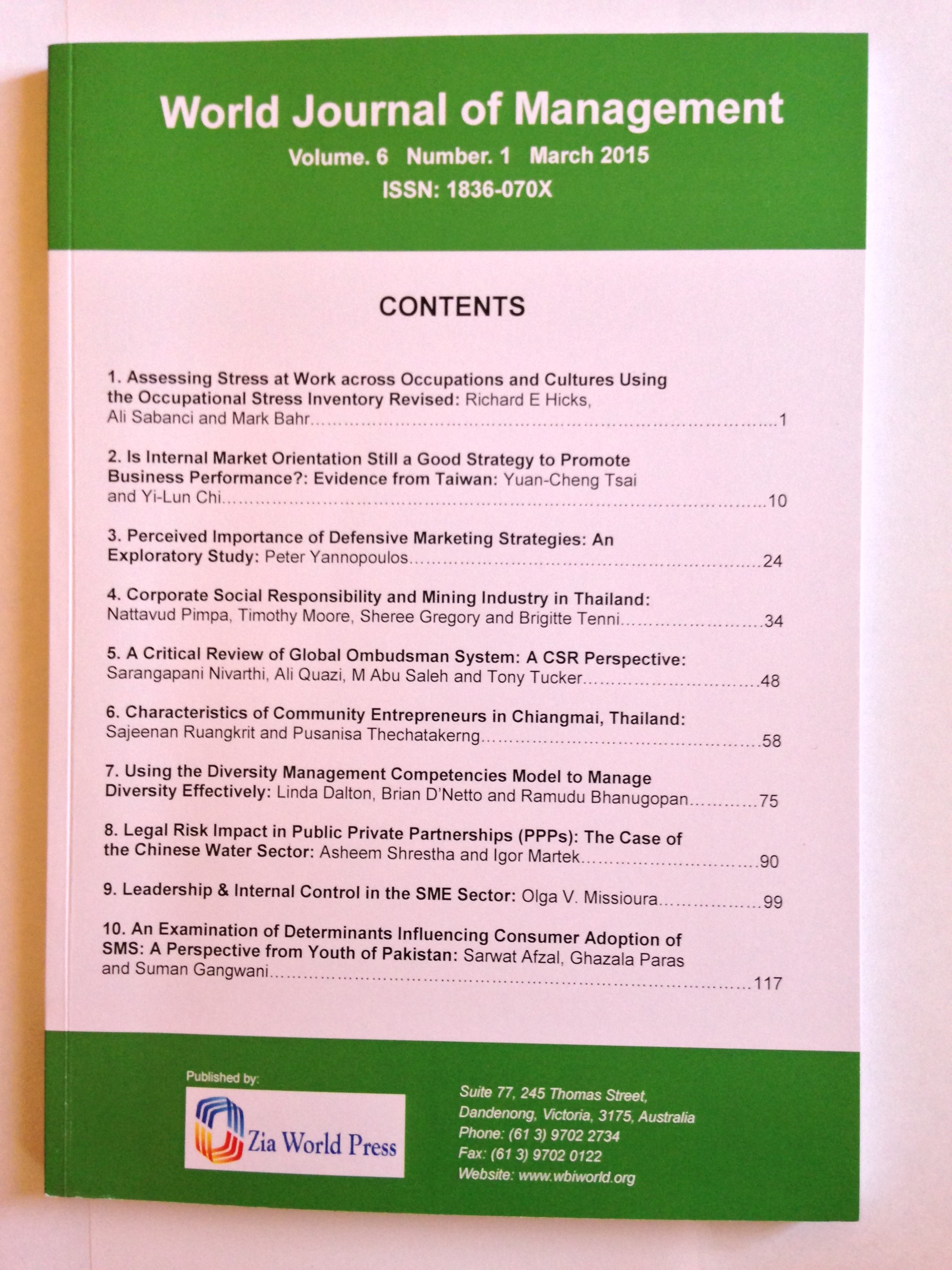Pages
62 – 81
This research examined attitudes of marketing managers in the Dubai’s Architectural Engineering business, towards employing social media for brand awareness. To enhance, not replace, the conventional activities. The Technology Acceptance Model (TAM) was implemented, modified, and validated, as perceived risks and benefits were hypothesized to influence (explain) managerial attitudes. Calculations of a proposed statistical model were based on a PLS-SEM reflective approach. The literature review brought together this business’s values, interests, and concerns that can associate social media usage. Perceived risks and benefits were summarized, categorized, and then mapped into the available extensions of the TAM model. Perceived Risks were categorized into; Operational and Business risks. The first represented the internal concerns such as human resources, time and cost. While the second covered reputational and security concerns that can influence manager’s attitudes directly. Results showed comparable influences from perceived operational risks and benefits on attitude. Firms’ mangers showed high concern regarding their firms’ reputation, while special appreciation was shown for audience’s opinions. The shortage of knowledge among managers regarding implementing social media in business alerted for urgent awareness training. Managers were advised to focus on certain success factors through which social media can be governed, especially staff delegation and training, as their role was deemed to be the most important.

